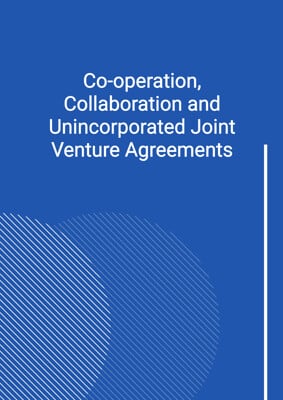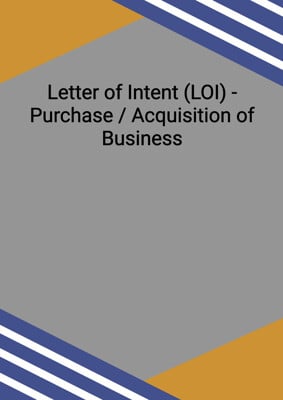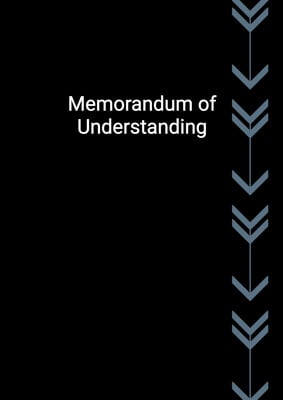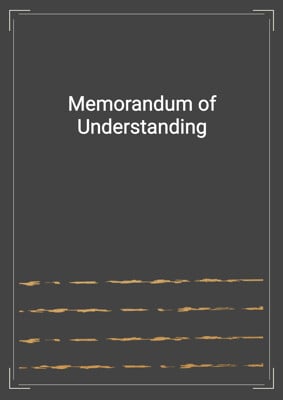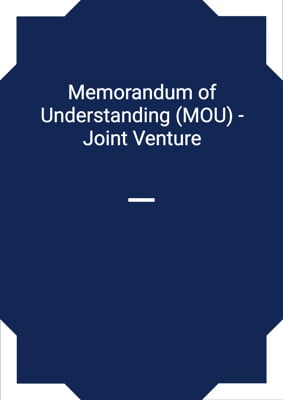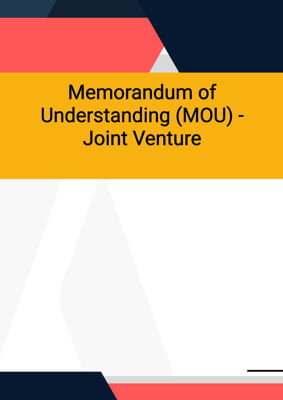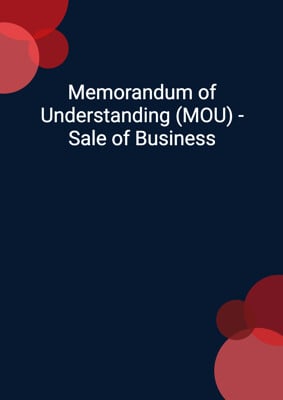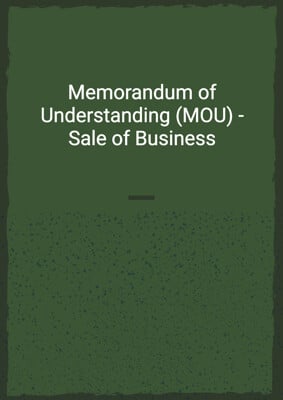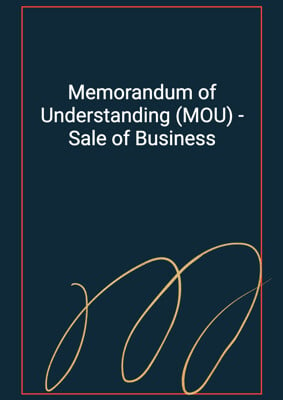How to Tailor the Document for Your Need?
01
Create Document
Fill in the details of the parties. You can click the "Fill with Member’s Information" button to complete it with information saved to your account.
02
Fill Information
Please fill in any additional information by following the step-by-step guide on the left hand side of the preview document and click the "Next" button.
03
Get Document
When you are done, click the "Get Document" button and you can download the document in Word or PDF format.
04
Review Document
Please get all parties to review the document carefully and make any final modifications to ensure that the details are correct before signing the document.
Document Preview
Document Description
The Memorandum of Understanding (MOU) is a document that establishes the terms and conditions for a proposed project between two parties. It is a non-binding agreement that outlines the principal terms and responsibilities of each party involved. The importance of this document lies in its ability to provide a framework for collaboration and ensure that both parties are on the same page regarding the project.
The MOU begins with a brief introduction, stating the purpose of the document and the intention of the parties to collaborate. It emphasizes that the provisions of the MOU are meant to assist the parties in determining and performing their obligations, rather than creating legally binding obligations.
The document then proceeds to outline the commercial terms agreed upon by the parties. This section specifies the pre-conditions that need to be satisfied before entering into a detailed legally binding agreement for the project. It also highlights the responsibilities of each party, clearly stating what each party is accountable for.
The MOU emphasizes that the rights, duties, and obligations contained within it only apply to the parties involved and do not restrict their ability to enter into agreements with other third parties. It also clarifies that the project will only proceed if and when definitive legally binding transaction documents are agreed upon and executed.
The term and termination section of the MOU states the effective date of the document and the conditions under which it can be terminated. It also includes warranties and representations made by each party, ensuring that they have the authority and capacity to fulfill their obligations.
Confidentiality and announcements are addressed in a separate section, emphasizing the importance of keeping information obtained during negotiations confidential, unless required by law or stock exchange regulations. It also states that no public announcement or press release can be made without the prior written approval of the other party.
The governing law and jurisdiction section specifies the jurisdiction in which any disputes arising from the MOU will be resolved. It also includes provisions for notices and service, stating the methods and timelines for delivering notices between the parties.
The MOU concludes with clauses stating that no rights of third parties can be enforced, that the document cannot be assigned or subcontracted without consent, and that any invalid terms will be disregarded. It also states that the MOU constitutes the entire agreement between the parties, superseding any prior written or oral agreements.
In summary, the MOU is a crucial document that establishes the terms and conditions for a proposed project. It outlines the responsibilities of each party, sets commercial terms, ensures confidentiality, and provides a framework for collaboration. While it is not legally binding, it serves as a guide for the parties to proceed with the project.
How to use this document?
Step-by-step guidance for using the Memorandum of Understanding (MOU):
1. Familiarize yourself with the purpose of the MOU: Understand that the MOU is a non-binding agreement that establishes the terms and conditions for a proposed project between two parties. It serves as a framework for collaboration and outlines the responsibilities of each party.
2. Review the commercial terms: Pay close attention to the commercial terms agreed upon by the parties. These terms specify the pre-conditions that need to be satisfied before entering into a detailed legally binding agreement for the project.
3. Understand the responsibilities of each party: Take note of the responsibilities outlined for each party. This section clearly states what each party is accountable for and helps avoid any misunderstandings or conflicts.
4. Ensure confidentiality: Understand the importance of keeping information obtained during negotiations confidential. Only disclose information as required by law or with the written approval of the other party.
5. Comply with governing law and jurisdiction: Be aware of the jurisdiction in which any disputes arising from the MOU will be resolved. Follow the specified methods and timelines for delivering notices between the parties.
6. Seek legal advice if necessary: If you have any doubts or concerns about the MOU, consult with a legal professional to ensure that you fully understand the implications and consequences.
7. Proceed to a legally binding agreement: Remember that the MOU is not legally binding. The project will only proceed if and when definitive legally binding transaction documents are agreed upon and executed.
By following these steps, you can effectively use the MOU as a guide for collaboration and ensure that both parties are aligned with the terms and conditions of the proposed project.

